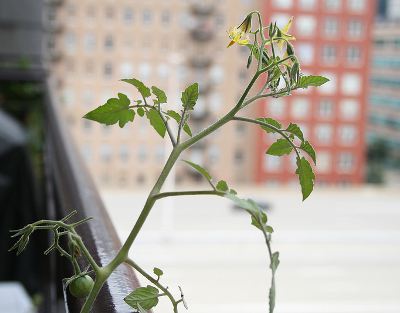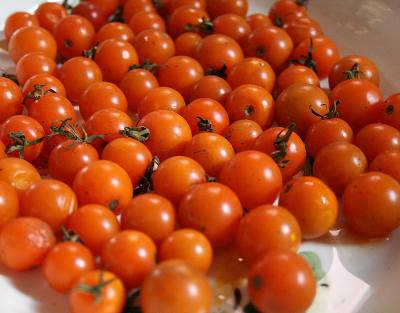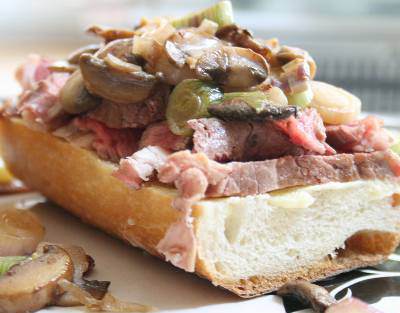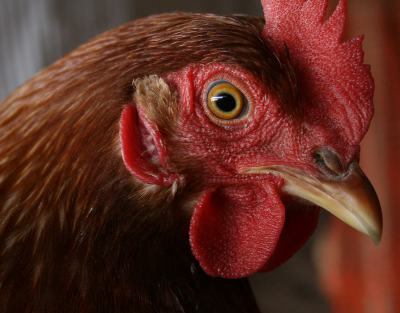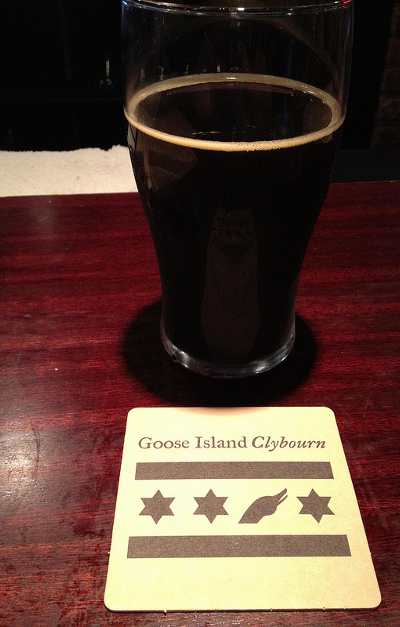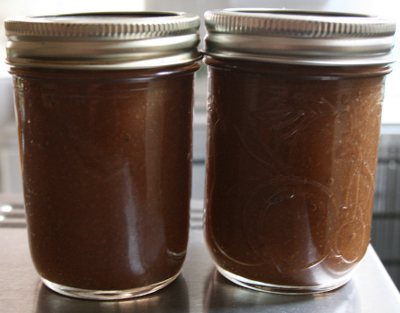I recently had the opportunity to learn a bit more about mezcal. It’s a spirit I adore, possibly more than beer, but I don’t know much about it. It’s more difficult than beer for me to partake in, in part because the cost of buying a bottle of mezcal and hating it is so much higher than buying and hating a bottle of beer.
Thus when a “rare” mezcal tasting showed up on my twitter feed, I was all over it. It was so worth it. I already want to go again. In large part because it wasn’t just tasting. I also learned a damn sight more in that two hour session about mezcal than I had in quite some time of just vaguely reading or tasting. It’s possibly enough to push me into learning more intentionally1.
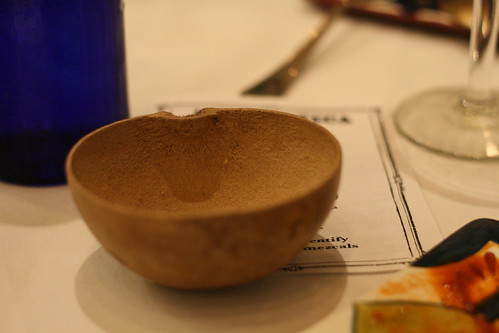
Holy hell, these were tasty. One of the instant and interesting things about trying these mezcals, and with someone who really knew what they were talking about guiding us through them. Andrea Hagan works for Mezcaloteca in Oaxaca, Mexico, and was presenting all the information and the mezcals we got to try. There were three, and I loved them all.
I’d be told/taught to always tend, at least for tequila specifically, toward the reposado version of any given brand. It mutes the alcohol flavor a bit and brings out some of the other nuances. Hagan argues this is wholly incorrect; that the barrels in fact mute the nuances of each plant’s different contributions. I was skeptical, until I tried the mezcals in front of me, realized none were barrel-aged, and all were as complex as anything I’d ever had. None had that distinct and unpleasant alcohol “soapy burn” I’ve had in unaged whiskeys, tequilas, mezcals, and more.
Among the three mezcals, there were aroma and flavor notes of chipotle peppers, red wine, potatoes, flowers and more. It was kind of mind blowing. And I was suddenly head over heels all over again. I only am saddened that to get any more interesting mezcals from Mezcaloteca, I’d have to go to Oaxaca2! And that, sadly, is not in this year’s budget.
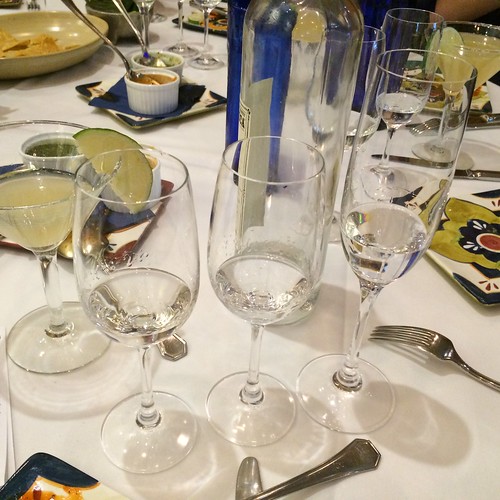
As I mentioned above, on top of all the flavors and aromas I got to experience, I also got a fantastic fast education on mezcal production. For example, I’d always known that it’s the heart of the agave plant that goes to making mezcal. I hadn’t, however, really considered there’s a lot more to a plant than that bit that goes into mezcal. Of course something has to happen with the rest of it. And, my, does it. The leaves can be turned into everything from rope to tamale husks. Hagan even said that a similar plant, in Croatia, the leaves end up as doilies!
How neat.
The final thing that made this fantastic was learning about Mezcaloteca. They are an organization dedicated to mezcal, yes, but in particular to preserving everything around it. “Without the traditional Maestros Mezcaleros we would lose the biological and cultural wealth that mezcal provides to Mexico,” which is exactly the kind of organization that speaks to me. I asked about seed preservation, and they are interested in it (though I was not clear if they do it). They work hard to pay a living wage to their mezcaleros, with the aim of keeping it a viable career path through the years. And they work to educate consumers, just as so many beer folks have, so many wine folks have. Because without consumers who are interested and ready to understand, and let’s be honest pay for it, this preservation is impossible.

If this strikes your fancy, please check out Mezcaloteca. Know that they did not, in any way, ask me to write this post, nor did I get free tickets to the event. And if you’d like to see more of the day I had, click through any of the photos and click through the flickr set.
1 Much like I’ve done with beer. My love of beer and mezcal (including tequila) go back to about the same time, but it was Beer Academy that really got me to wanting to learn about beer. If I could do something like that for mezcal, it’d be amazing. ➥
2 Or at least Mexico to accept delivery of a minimum of three bottles, but at that point, why not go to Oaxaca and get the full experience?? ➥
